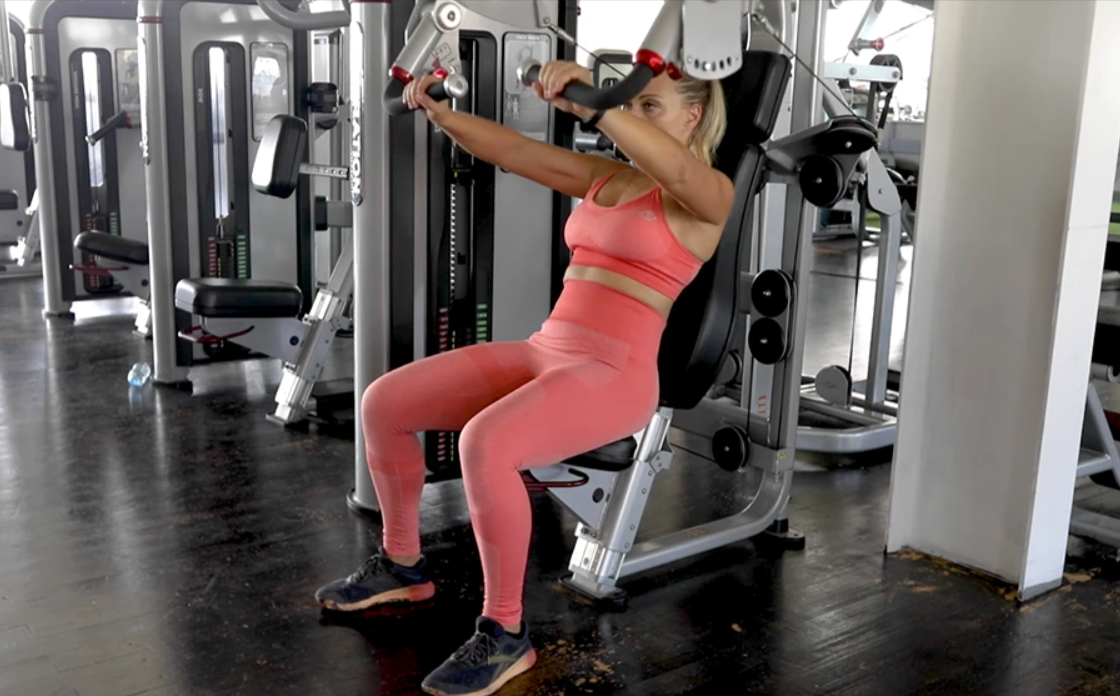Introduction
The bench press machine is a fundamental piece of strength training equipment that provides a controlled and safe way to build upper body muscle. Unlike free weights, which require balance and stabilization, a bench press machine offers guided movement, reducing the risk of injury. This makes it an excellent choice for beginners and experienced lifters alike.
In this article, we will explore the benefits, types, usage, and tips for maximizing your workout with a bench press machine.
Benefits of Using a Bench Press Machine
- Safety and Stability
- The machine’s guided motion reduces the risk of dropping the weights.
- Ideal for those recovering from injuries or those who lack experience with free weights.
- Muscle Targeting
- Primarily works the chest (pectorals), shoulders (deltoids), and triceps.
- Helps isolate specific muscles more effectively than free weights.
- Consistent Resistance
- Ensures uniform movement, preventing imbalances.
- Useful for maintaining proper form and achieving muscle endurance.
- Adjustability and Versatility
- Allows for different grip positions to target various muscle groups.
- Adjustable weights cater to different fitness levels.
Types of Bench Press Machines
- Smith Machine Bench Press
- Features a barbell attached to vertical rails.
- Provides guided motion for added safety.
- Good for beginners and those lifting heavy without a spotter.
- Lever Bench Press Machine
- Uses levers instead of cables or a barbell.
- Allows for controlled resistance with a natural movement pattern.
- Great for isolating specific muscles.
- Seated Chest Press Machine
- Designed with a seated position and handles.
- Mimics the bench press motion while providing back support.
- Ideal for people with lower back issues.
How to Use a Bench Press Machine Properly
- Adjust the Seat and Handles
- Ensure the seat height aligns your chest with the machine’s handles or bar.
- Adjust the backrest for proper support.
- Select the Appropriate Weight
- Start with a manageable weight to prevent strain.
- Gradually increase as you build strength.
- Grip and Positioning
- Place your hands slightly wider than shoulder-width apart.
- Keep your feet flat on the ground for stability.
- Controlled Movement
- Push the weight forward while exhaling.
- Lower the weight slowly while inhaling.
- Avoid locking your elbows to maintain tension on the muscles.
- Repetition and Sets
- Perform 3-4 sets of 8-12 reps for muscle building.
- Adjust based on your fitness goals (higher reps for endurance, lower reps for strength).
Tips for Maximizing Your Bench Press Machine Workout
- Warm-up before lifting to activate muscles and prevent injury.
- Maintain proper posture to engage the right muscle groups.
- Incorporate variations such as different grips and angles to target different areas of the chest.
- Progress gradually to avoid overtraining and injury.
- Combine with free weights for a balanced strength-training routine.
- Follow a structured routine for optimal muscle development.
Bench Press Machine vs. Free Weights
| Feature | Bench Press Machine | Free Weights (Barbell/Dumbbells) |
|---|---|---|
| Safety | High (guided movement) | Requires spotter for heavy lifts |
| Stability | High (fixed path) | Requires balance and core engagement |
| Muscle Activation | Isolates specific muscles | Engages stabilizers and core |
| Versatility | Limited variations | More range of motion and angles |
Both have their advantages, and integrating both into your training regimen can help you achieve comprehensive strength development.
Conclusion
The bench press machine is a valuable tool for anyone looking to build upper body strength safely and effectively. Whether you’re a beginner or an advanced lifter, incorporating this machine into your workout can help you develop a stronger chest, shoulders, and triceps. By following proper techniques and workout strategies, you can maximize the benefits and reach your fitness goals efficiently.

